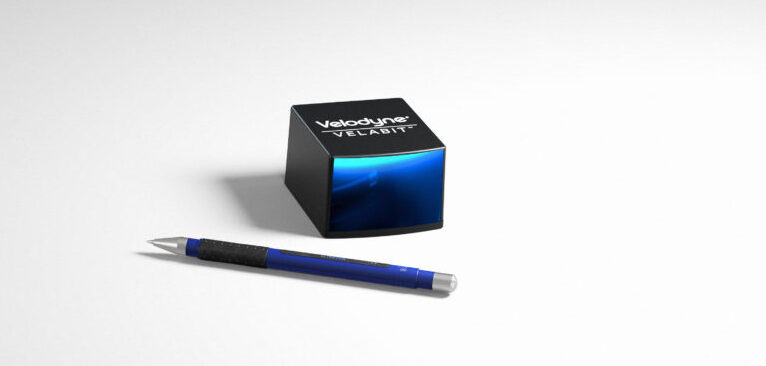Velodyne Lidar has introduced the next generation of its Velabit sensor, which it claims addresses the cost, safety and design challenges of autonomous solutions while still delivering high performance, including an ultra-wide field of view (FoV) and higher resolution.
The solid-state sensor now has a simultaneously achievable maximum horizontal FoV of 90° and maximum vertical FoV of 70°, approximately three times more points per second than the previous model. It also offers a configurable and dynamic field of view and delivers a high-resolution zoom capability, all within a compact, lightweight sensor.
“With our next-generation Velabit, Velodyne continues to innovate with a sensor that has a small size for sleek, stylish integration while delivering high-quality performance,” said Anand Gopalan, CEO of Velodyne Lidar. “Our dedicated engineering team worked to bring our customers’ needs to life in under a year, highlighting our commitment to meeting market demands. And our goal is to not only meet market demands but transform lives globally. We believe this sensor will democratize lidar.”
The sensor features a small form factor and low power consumption to maximize battery life and vehicle range. The company suggests that the sensor can fill sensing gaps, helping auto makers achieve full coverage around a vehicle. This provides robust perception coverage for ADAS features including blind-spot monitoring, cross-traffic detection and pedestrian automatic emergency braking (PAEB). Additionally, the wide vertical field of view makes this an ideal technology for near-field sensing and robotics applications.
Velabit is combined with Velodyne’s lidar-based perception software, Vella, which translates the point cloud data into valuable perception outputs, including object classification and tracking, obstacle detection, scene segmentation and object velocity, ready to be utilized by vehicle systems. When combined with vehicle odometry data, Vella provides time and distance to collision measurements, enabling safer vehicle response. The sensor can also be combined with other Velodyne lidar technologies, such as the Velarray H800, for high-speed operation, or function as a standalone lidar solution in low-speed applications.
Mass production of the sensor is planned for Q4 2022, and the company will hold demonstration days where potential customers can view the kit in action and reserve future manufacturing capacity.


